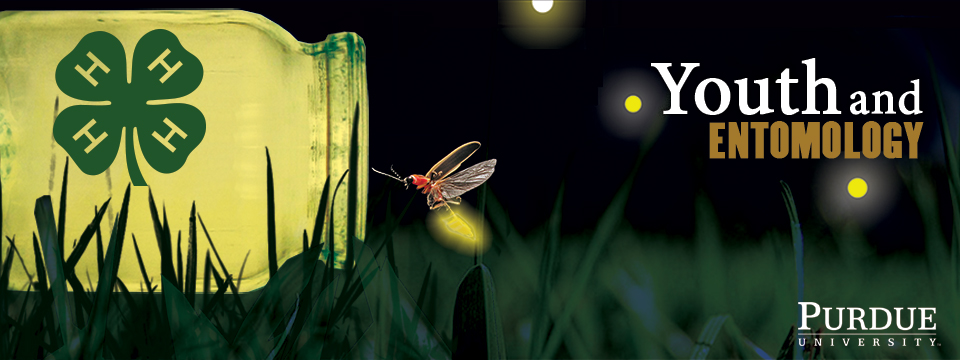| Hymenoptera - bees, wasps, ants, sawflies, and hymenopterous parasites | ||||||||
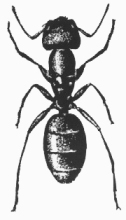 Ant Formicidae 1/4 in.  Honey bee Apidae 1/2 in. Many adult Hymenoptera can be found near flowers or other plant material where they come to feed. The larvae of ants, bees, and wasps are found in the nest or hive, but those of sawflies feed on plants and so are more exposed. Some species of wasps are parasitic on other insects and are valued as effective natural control agents. Many bees, including the honey bee, are highly beneficial as plant pollinators. |
||||||||
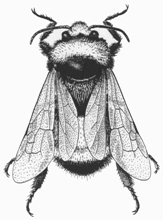
Bumble bee Apidae 7/8 in. |
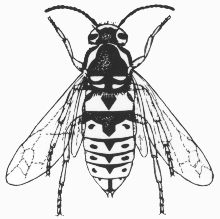
Yellow jacket Vespidae 5/8 in. |

Horntail Siricidae 1 1/4 in. |

Velvet ant Mutillidae 1/2 in. |
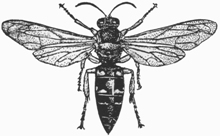
Cicada killer wasp Sphecidae 1 3/8 in. |
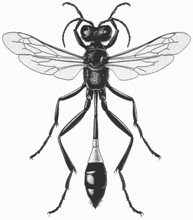
Mud dauber wasp Sphecidae 1 in. |
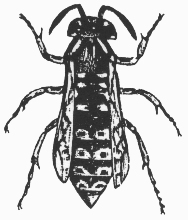
Hornet Vespidae 3/4 in. |
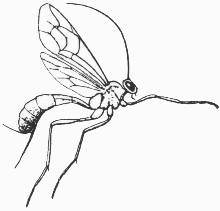
Ichneumon wasp Ichneumonidae 3/8 in. |
Purdue Extension Entomology, 901 West State Street, West Lafayette, IN 47907 USA, (765) 494-4554
Department of Entomology | College of Agriculture | Extension
© Purdue University | An equal access/equal opportunity university | Integrity Statement | Copyright Complaints | Maintained by ENTM IT
Trouble with this page? Disability-related accessibility issue? Please contact us at entmwebmaster@purdue.edu so we can help.
